
The protagonist is the most crucial character in the entire narrative. Anime excels at creating vibrant, multifaceted main characters who take the viewers along on their journey without compromising their identity for the sake of relatability. The likes of One Piece’s Monkey D. Luffy and Gintama’s Sakata Gintoki are distinctive, authentic individuals the audience can root for without seeing much of themselves in their experiences.
The opposite of a highly peculiar protagonist is the self-insert main character. As the name suggests, the self-insert protagonist is usually a blank avatar for the audience, highly relatable and lacking distinctive characteristics. This trope in character writing is often criticized for being lazy and overly indulgent. Yet, a self-insert hero doesn’t have to be bland and dull, as some of anime’s best protagonists are clear self-inserts for the audience.
10 Kazuma Satou (KonoSuba
The isekai genre is infamous for its love of the self-insert protagonist trope. However, just as the acclaimed isekai parody KonoSuba satirizes other genre clichés, it makes relentless fun of the overpowered self-insert otaku hero trope.
Kazuma Satou doesn’t become the savior of his fantasyland. Instead, similarly to any ordinary person in his situation, he meets a much more disappointing fate of struggling to pay for his expenses, getting acquainted with unpredictable weirdos, and definitely not defeating the Demon King. This hilarious realism sets Kazuma apart from other self-insert heroes and makes him that much more engaging to follow.
9 Tomoko Kuroki (WataMote: No Matter How I Look At It, It's You Guys' Fault I'm Not Popular!)
The stereotypical anime fan is usually a hopeless otaku with nonexistent social skills and lackluster universal accomplishments, and while this simplification is rarely true, many anime series opt to base their main characters on this assumption. Tomoko Kuroki from WataMote is the socially awkward self-insert protagonist stereotype taken to the extreme.
Excited to start a new life in high school, introverted shut-in Tomoko gets her dreams crushed by her unforgiving reality, and she has no idea how to navigate it. How much one relates to her is based solely on their personal experiences with social anxiety, yet, even viewers who don’t see themselves in Tomoko can sympathize with her trainwreck of social life.
8 Tomoya Okazaki (Clannad)
In light novels, most protagonists are player characters with little to no personality that fans can easily identify with. Despite its critically acclaimed status, Clannad and its hero, Tomoya Okazaki, are no different.
While Tomoya might be a vessel for the audience to experience the stories of the girls he is helping, his lack of individuality is rarely a problem, and the anime gives him just enough character and backstory to justify his existence. Where Tomoya transforms from a mediocre self-insert to an excellent main character is Clannad’s sequel, After Story, which gives the aged-up hero a touching arc of his own.
7 Moriko Morioka (Recovery Of An MMO Junkie)
While most self-insert protagonists are teenagers, Recovery of an MMO Junkie recognizes that adult anime fans need heroes of their own. Moriko Morioka is a delightfully relatable 30-year-old otaku who dedicates all her time to playing her favorite MMO, Fruits de Mer, after recently quitting her job. Any working adult tired of their circumstances can see a reflection of themselves in Moriko.
However, the heroine is more than a simple self-insert avatar for the audience, as she also experiences countless personal struggles, especially in her love life. Moriko is a perfect example of balance between an easy-to-understand self-insert hero and a distinguished individuality.
6 Kyousuke Kousaka (OreImo)
There’s no denying that OreImo’s Kyousuke Kousaka is simply an avatar for the audience to spy on his life with his little sister Kirino. He is typical harem protagonist – blandly likable, unassertive, and average on all accounts. However, his circumstances are far from ordinary, as most viewers are unlikely to share Kyousuke’s infatuation with his little sister.
Unlike with most generic self-insert protagonists, the audience has an opportunity to assign moral value to Kyousuke’s actions depending on their reading of his story. This quality makes Kyousuke more of a hero of his own story than a blank slate for audience projection.
5 Araragi Koyomi (Monogatari Series)
Like everything else about the Monogatari franchise, Araragi Koyomi is not your typical self-insert harem protagonist. A series that does its best to execute harem tropes in the most subversive and experimental manner applies the same rules to crafting its main character. While Araragi is the point-of-view character of all Monogatari stories, he is affected by the people he meets and the experiences he encounters much more intimately than the viewer.
At the end of the day, Araragi shares much more similarities with the series’ author, Nisio Isin, than the audience. As his journey progresses, he develops a much more distinctive personality than the blank slate of a harem hero.
4 Kobayashi (Miss Kobayashi's Dragon Maid)
The tale of the titular heroine of Miss Kobayashi's Dragon Maid might be the oddest for any self-insert protagonist. Kobayashi starts off as perfectly ordinary – another overworked office employee who likes to relax with an occasional drink. However, a particular drunken escapade results in the woman sharing her apartment with a dragon, who also serves as her maid.
Outside of Tooru’s existence in Kobayashi's life, she remains quite plain – not particularly distinctive in her appearance or socially outgoing. Kobayashi’s mundanity makes her outstandingly relatable, as any tired and overwhelmed adult can see themselves reflected in her idiosyncrasies.
3 Subaru Natsuki (Re:Zero)
Re:Zero’s Subaru Natsuki is nothing to write home about – just another otaku NEET magically transported to another world to save the day. Yet, people who can’t stand the typical isekai power fantasy formula still find themselves rooting for Subaru. This is because his story is far from a power fantasy, as he’s forced to die over and over due to his "Return by Death" ability.
As plain as he is, Subaru is also surprisingly likable in his blandness. None of his qualities are particularly distinctive, but he is loyal, determined, and hopeful. A hero who realistically struggles to help the people he loves will always be more relatable than an overpowered self-insert who gets to the top without trying.
2 Yuzuru Otonashi (Angel Beats!)
While Yuzuru Otonashi from Angel Beats! once had a well-defined personality, the audience finds him as a blank slate – his memories wiped by amnesia. As such, Otonashi spends his days in the purgatory dimension exploring other people’s stories while his remains a mystery. Otonashi is an easy character to project onto, as most of Angel Beats!’s plot isn’t concerned with his journey.
The heart-rendering fates of other kids stuck in purgatory only benefit from Otonashi’s lack of individuality, as they hit the viewers on a personal level. Yet, the series’ gracefully unveils Otonashi’s mystery right at the end, giving him a backstory more soul-crushing than anyone would expect.
1 Shinji Ikari (Neon Genesis Evangelion)
Out of all the self-insert protagonists in anime, Neon Genesis Evangelion’s Shinji Ikari must be the most controversial. Shinji’s story is a deliberate subversion of mecha anime tropes, putting an ordinary insecure teenager in a position of high-stakes danger. A traumatized, mentally unstable, cowardly kid the audience is expected to see as a reflection of themselves at this stage of life is unable to cope with the sudden responsibility.
Shinji’s character remains divisive, with some seeing him as a masterclass in writing a relatably flawed hero while others find his lack of backbone obnoxious. Yet, it can’t be argued that, as far as self-insert protagonists in anime go, Shinji is the most unorthodox.

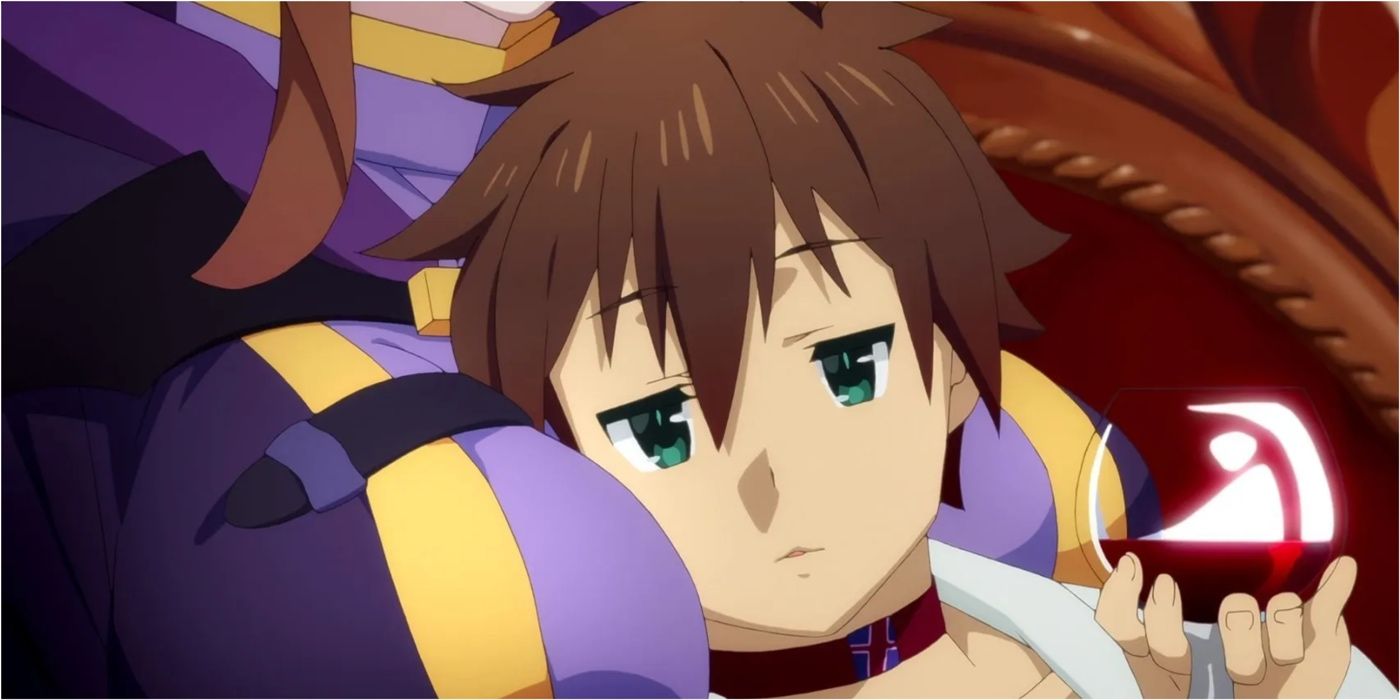
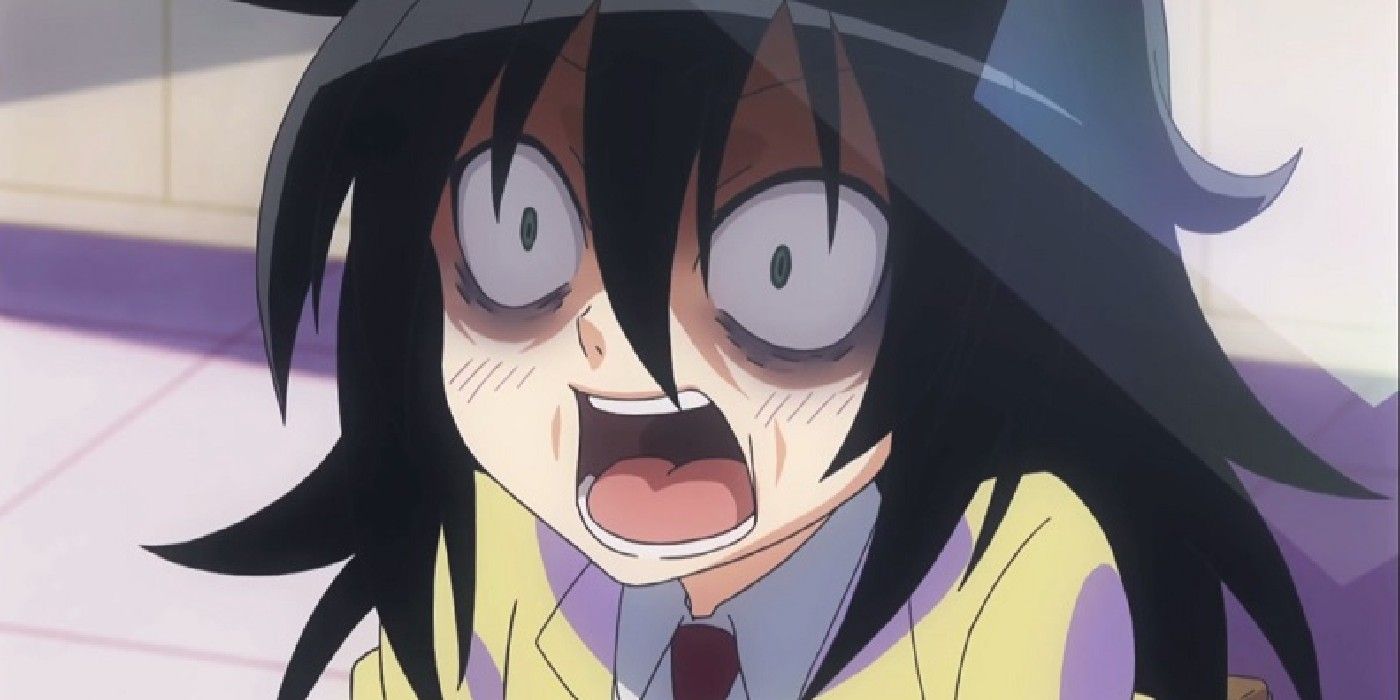
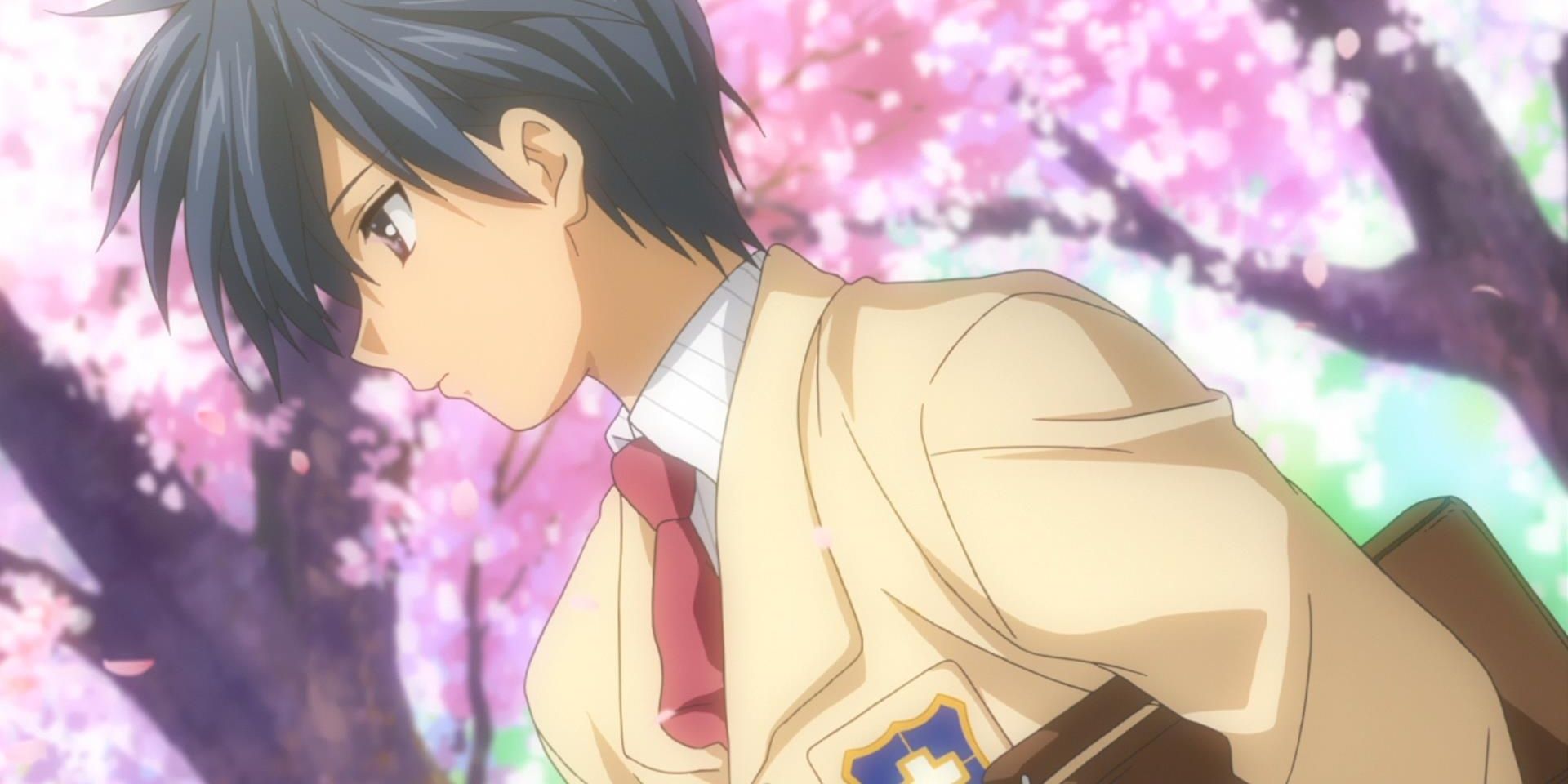
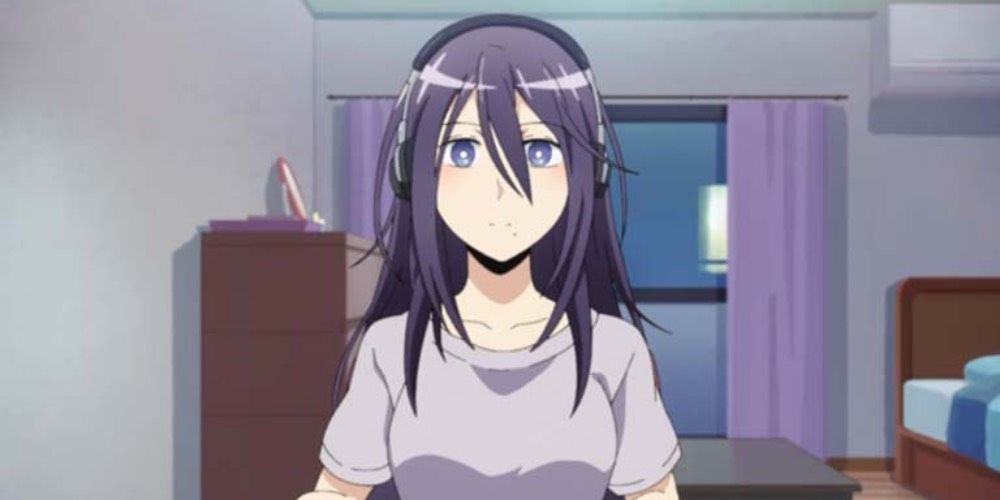
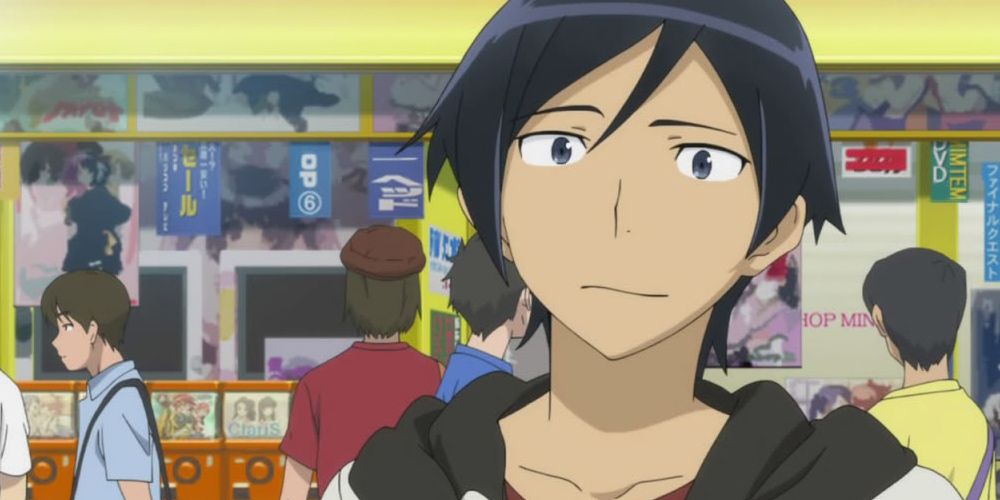
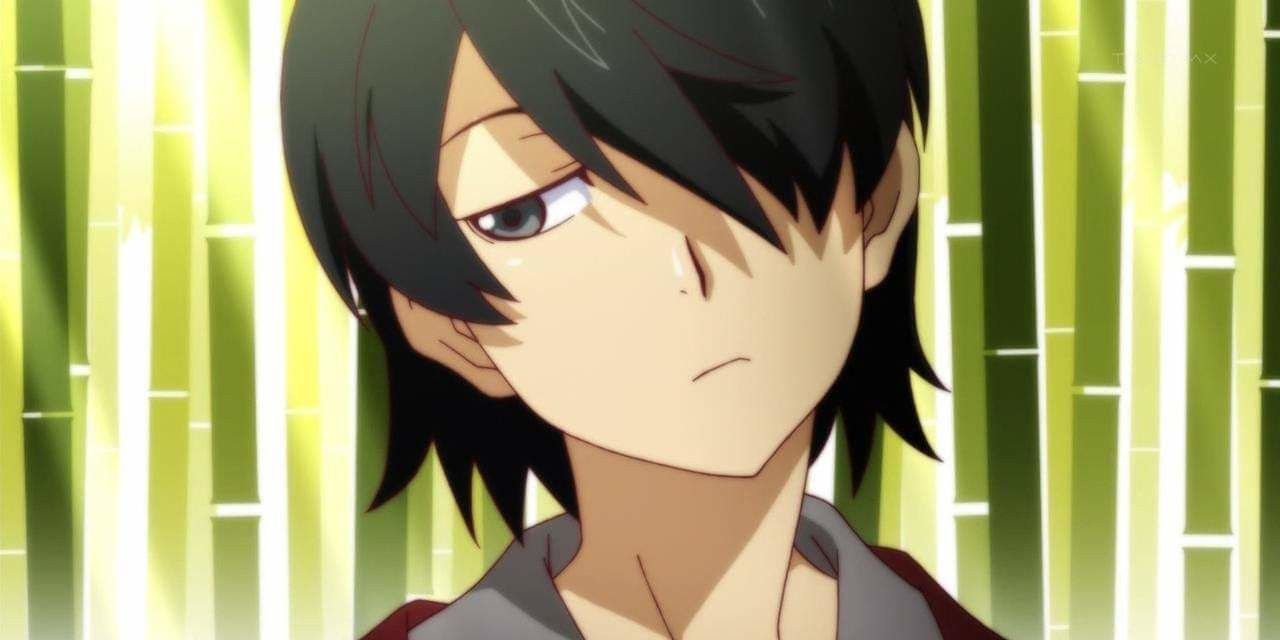
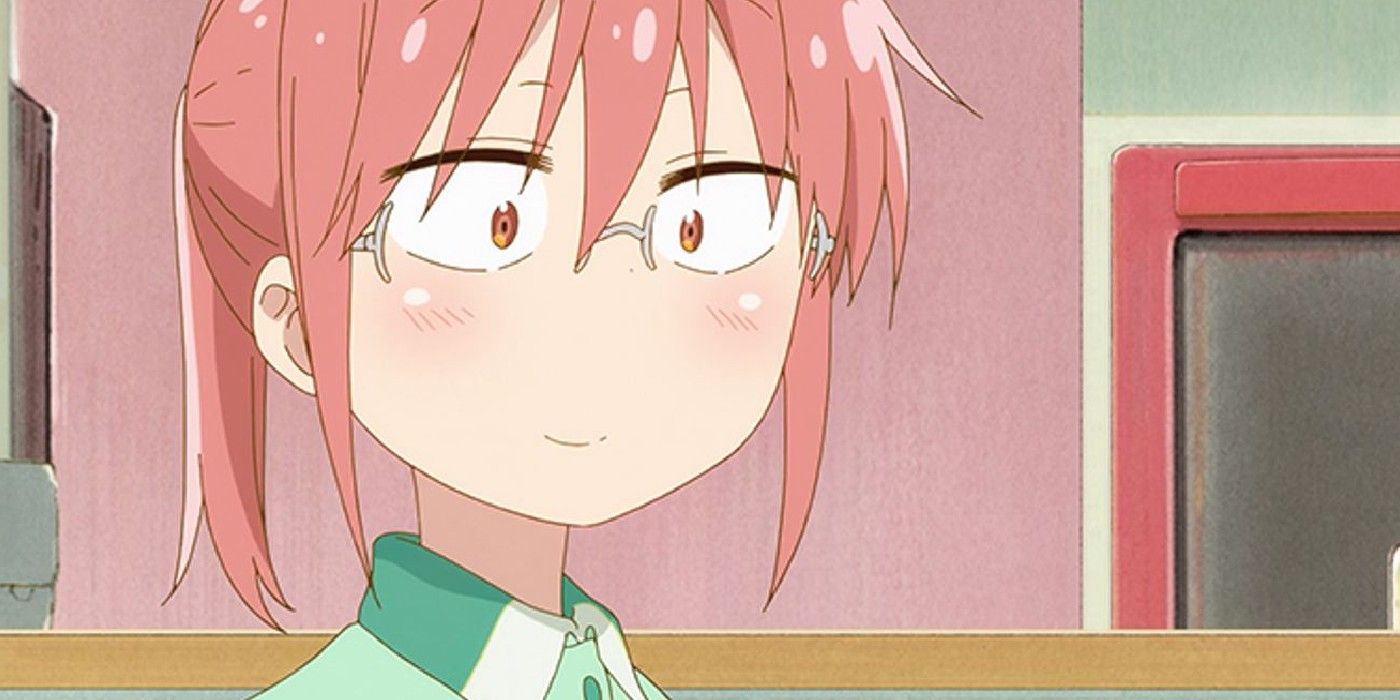
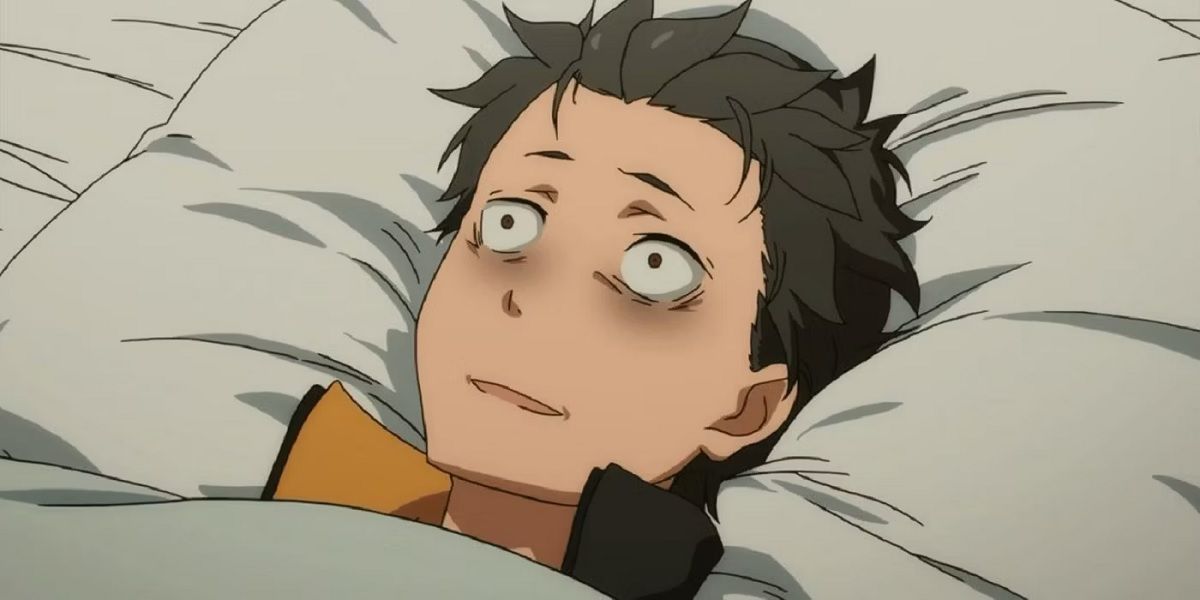
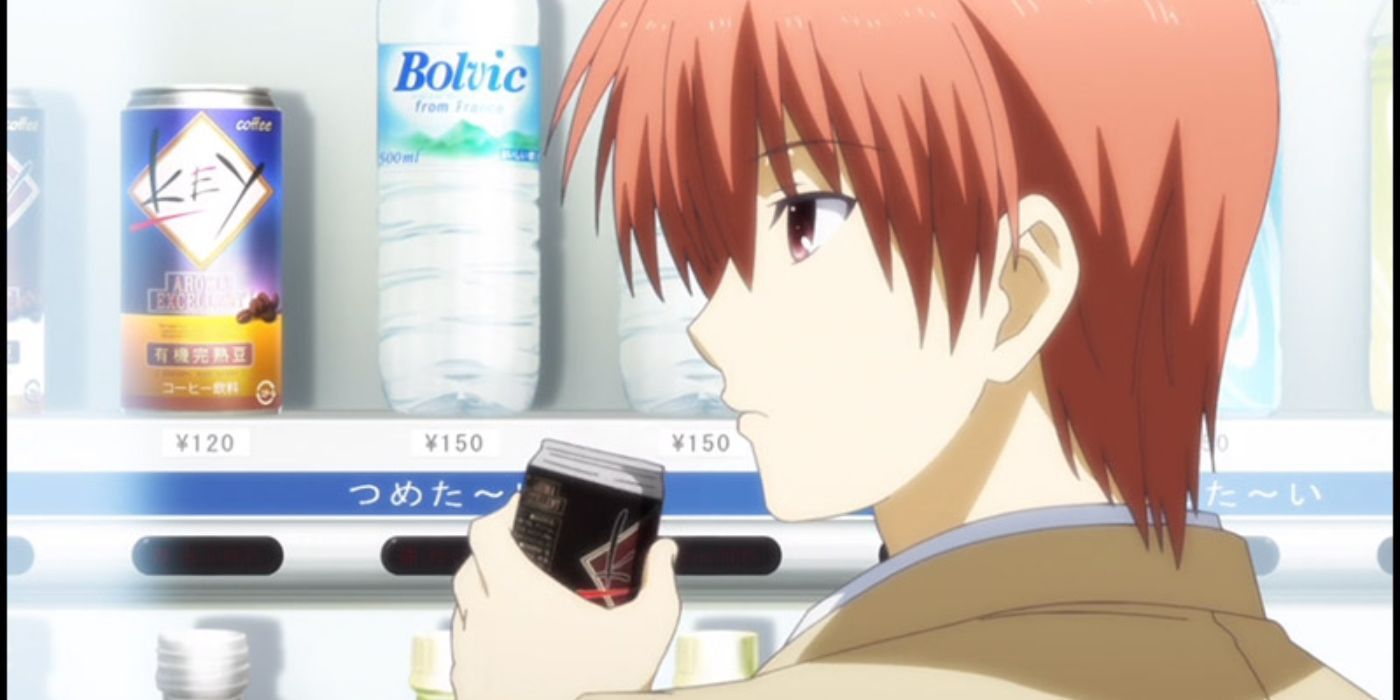
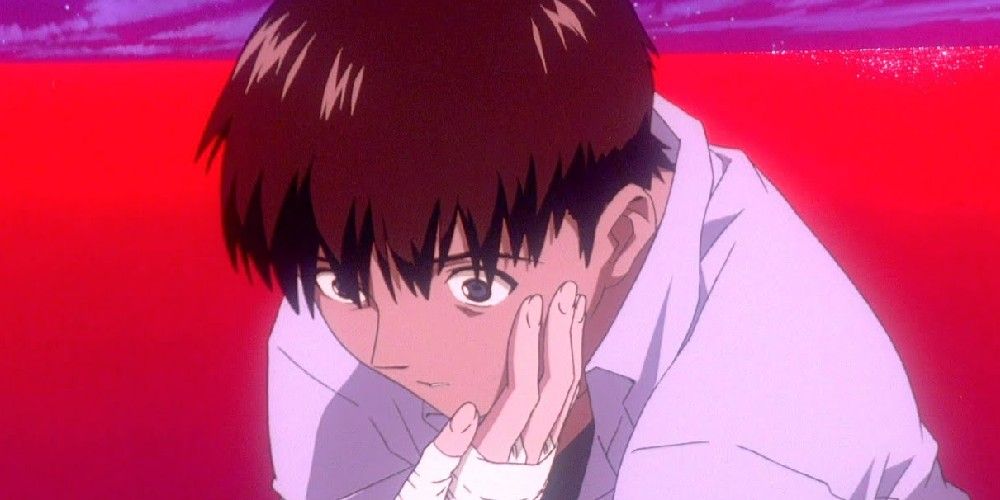
Post a Comment